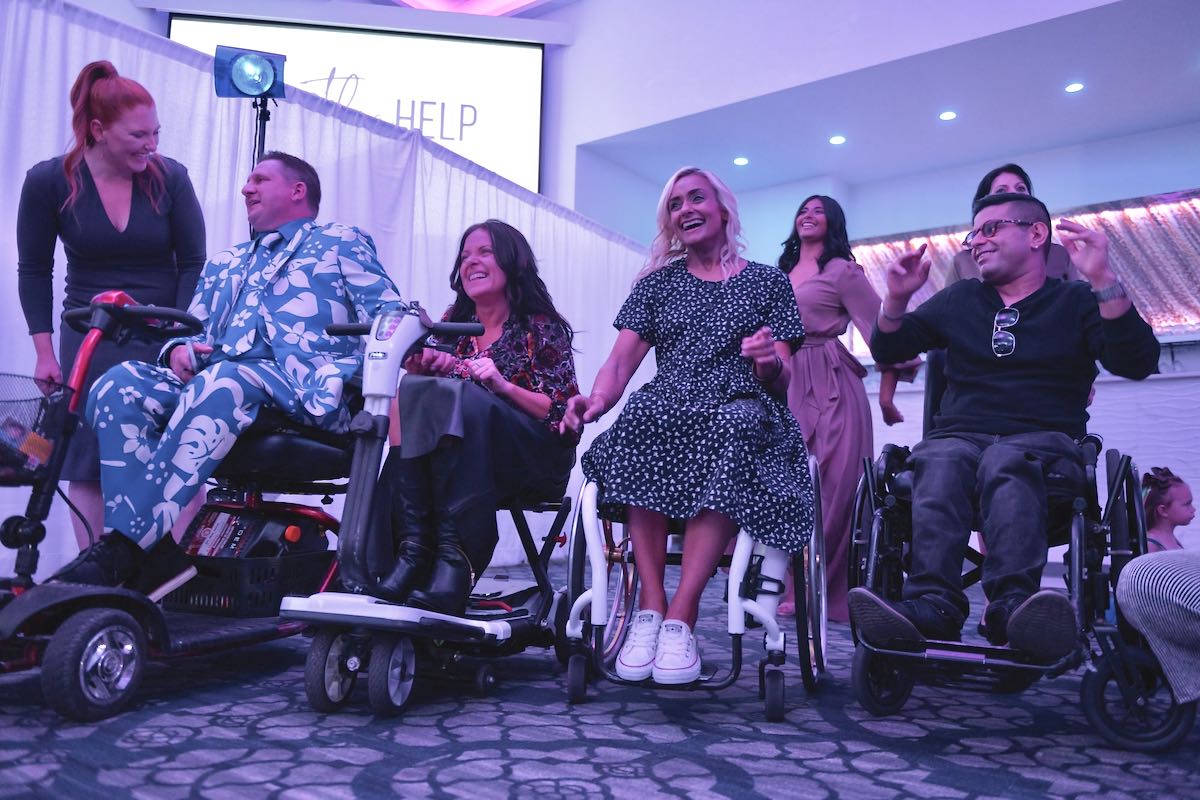While she may be nervous about having her life out there for the world to see, she feels that Push can help make positive change and break down stigmas. “I want to show my East Indian community and other communities as well that having a disability isn’t shameful. It’s not about having a burden,” she says.
Wheelie Peeps
The other cast members of Push, and members of the Wheelie Peeps, are new mom Natasha Urkow, Brian McPherson and his partner Victoria Berezovich, concert pianist Riccardo Baldini, Job Developer Aleem Jaffer, and Brittney Neuzig, who’s trying to break the stigma around spinal cord injury.
Gill was instrumental in bringing this close-knit group of friends together after she realized that something was missing in Edmonton.
“When I was there (visiting L.A.), I saw people in wheelchairs literally everywhere, everywhere I went. And when I was here, I didn’t see anybody. No one, right. And other than, you know, the odd senior citizen, or like a homeless person here or there, I never saw anybody that looked like me. So, when I came back, I was like, OK, well, I gotta find my friends. I gotta find my people. And so I started going to these [events] and meeting people,” she says.
Push
Push, shot in Edmonton from July to December 2022, takes us directly into the lives of the Wheelie Peeps. Viewers will see Urkow’s pregnancy journey, Gill’s dating life and Baldini’s return to the concert stage. Oftentimes, disability-centred shows are either inspirational or evoke a sense of pity. Stewart explains that it was important for Push to focus on what the cast was going through during filming and to not fall into the cliches around disability.
“It is really showing their full lives. We’re not zeroing in on the disability. The disability is obviously an aspect of everybody’s life, and it poses its own challenges, but really, what we’re showing is a group of people who are mothers and entrepreneurs and speakers and, you know, crass Brian, the heavy machinery operator — we’re showing them as people first and the full breadth of who they are as people. And of course, the disability is one aspect of that, but it’s not reducing them to that, which I think has been sort of the common thread up to date with other projects that have been disability centred,” she says.
